The story about the characteristics of Starbucks Kenyan coffee beans introduces how Kenyan AA coffee beans taste good.
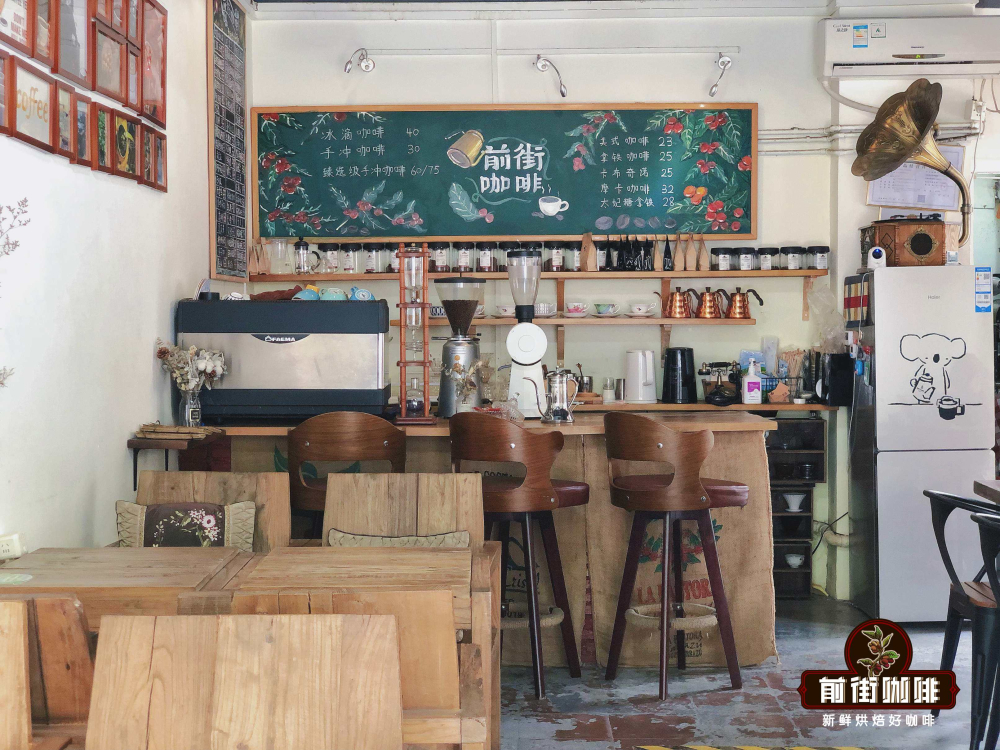
Professional coffee knowledge exchange more coffee bean information please follow the coffee workshop (Wechat official account cafe_style)
Coffee lovers who drink Kenyan coffee for the first time must be moved by the flavor of Kenyan coffee. Its unique virgin fruit, simeic acid is very special, and the quality is absolutely excellent. For example, Starbucks also has a Kenyan coffee from Kenya. What are the characteristics of Kenyan coffee? Next, in this article, Qianjie Coffee will take you to discuss them one by one.
Introduction to Starbucks Kenya Coffee Story
As we all know, Kenya is located in Africa, and the first impression of Africa must be the African prairie, where there are many elephants, so the bags of Starbucks Kenyan coffee are also printed with African representative elephants. At the same time, Starbucks, a Kenyan coffee, has a long history. It was launched in 1971, and the elephant on the bag has already become the iconic pattern of Kenyan coffee.
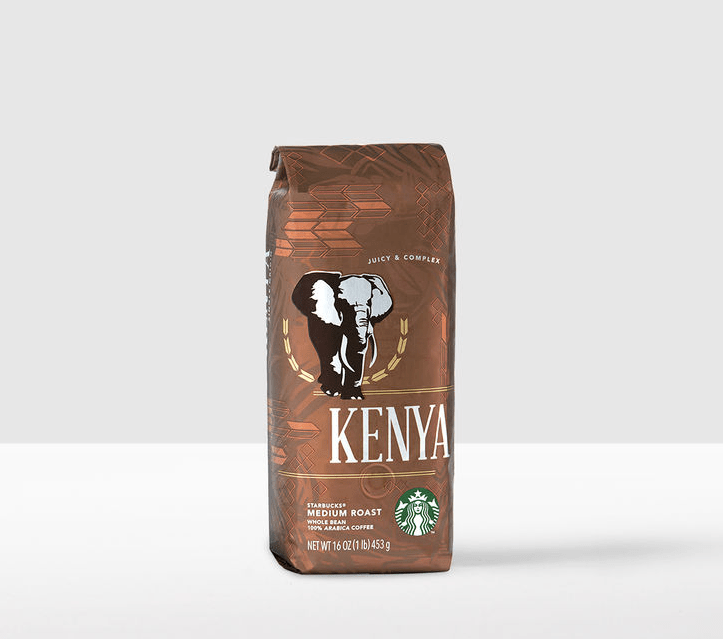
Therefore, many people will also describe the flavor of Kenyan coffee beans as African elephants, because Kenyan coffee beans are characterized by strong and full acid, which is completely different from citrus citric acid from Ethiopia. This is one of the reasons why Kenyan coffee occupies the title of African coffee representative along with Ethiopian Yegashifi coffee. Then let's share what makes Kenyan coffee taste so good.
Planting conditions in coffee producing areas of Kenya
The previous articles of Qianjie Coffee often mentioned that the flavor performance of a coffee bean mainly depends on its planting conditions, coffee bean varieties and treatment methods, in which the producing area and variety are the innate conditions that determine the flavor presentation of this coffee bean. the rule of treatment is a means to sublimate the flavor of coffee beans, so then Qianjie coffee will focus on these three points to understand the formation of the flavor characteristics of Kenyan coffee.
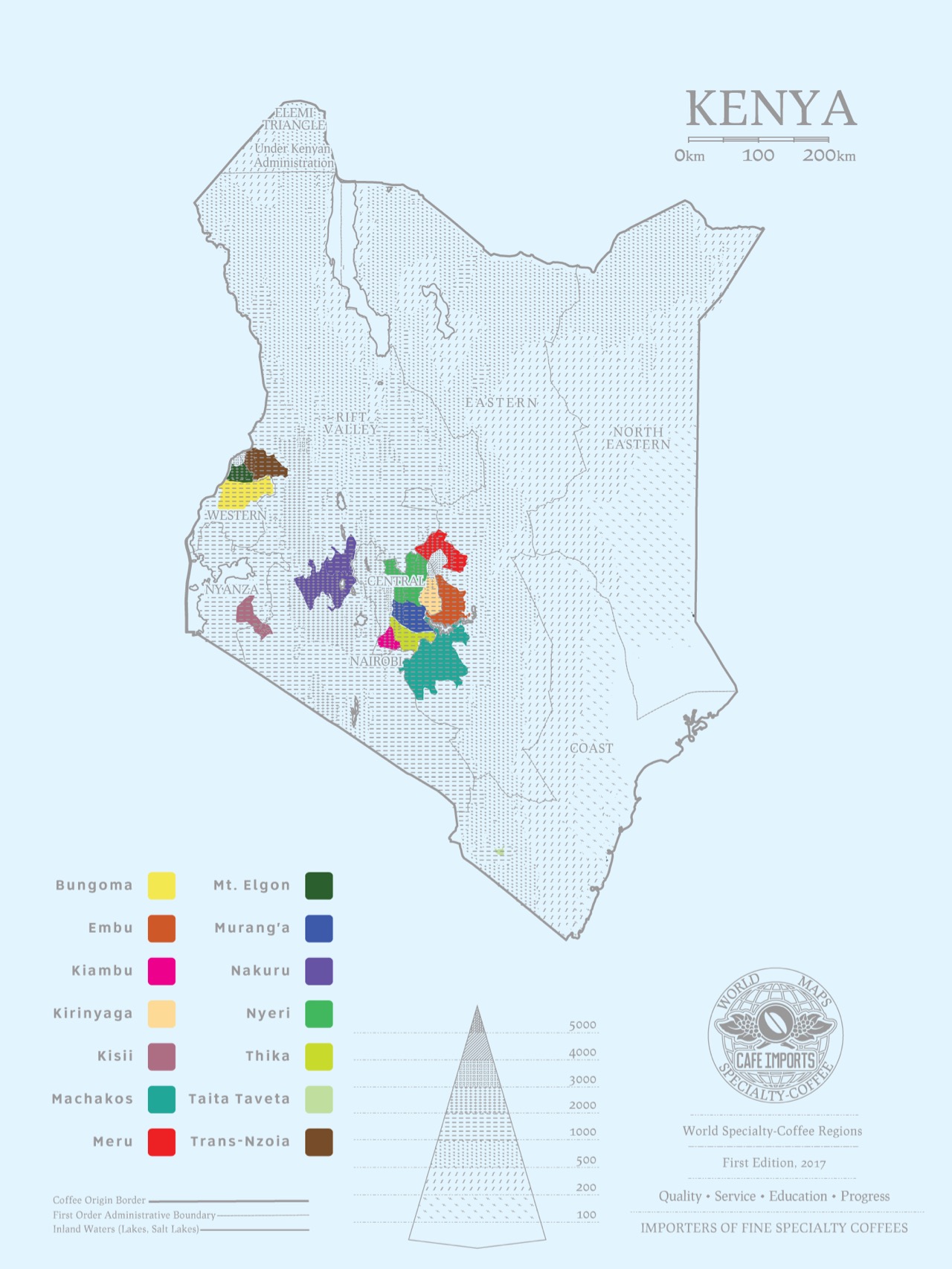
Kenya is located in eastern Africa, the equator runs through the central part of the country, and the Great Rift Valley stretches north and south. It is bordered by Somalia to the east, Tanzania to the south, Uganda to the west, Ethiopia and Sudan to the north, and the Indian Ocean to the southeast. There are many plateaus in the territory, with an average elevation of 1500 meters. The central peak of Kirinaga (Mount Kenya) is 5199 meters above sea level and the top of the mountain is covered with snow, making it the second highest peak in Africa. The equator runs through Kenya, and the border is just within ten degrees of north and south latitude. Belonging to tropical producing areas, there are two rainy seasons every year, with two harvests, with 60% concentrated from October to December and another 40% from June to August.
According to Qianjie Coffee, most of the Kenyan coffee grows in the fertile and loose acidic volcanic red soil on the northern and eastern highlands of Nairobi. There is plenty of light and good drainage, and the elevation is between 1400 and 2000 meters. Because the higher the altitude, the greater the temperature difference between day and night, the ripening cycle of Kenyan coffee is longer than that of low altitude, so it has higher density and rich flavor.
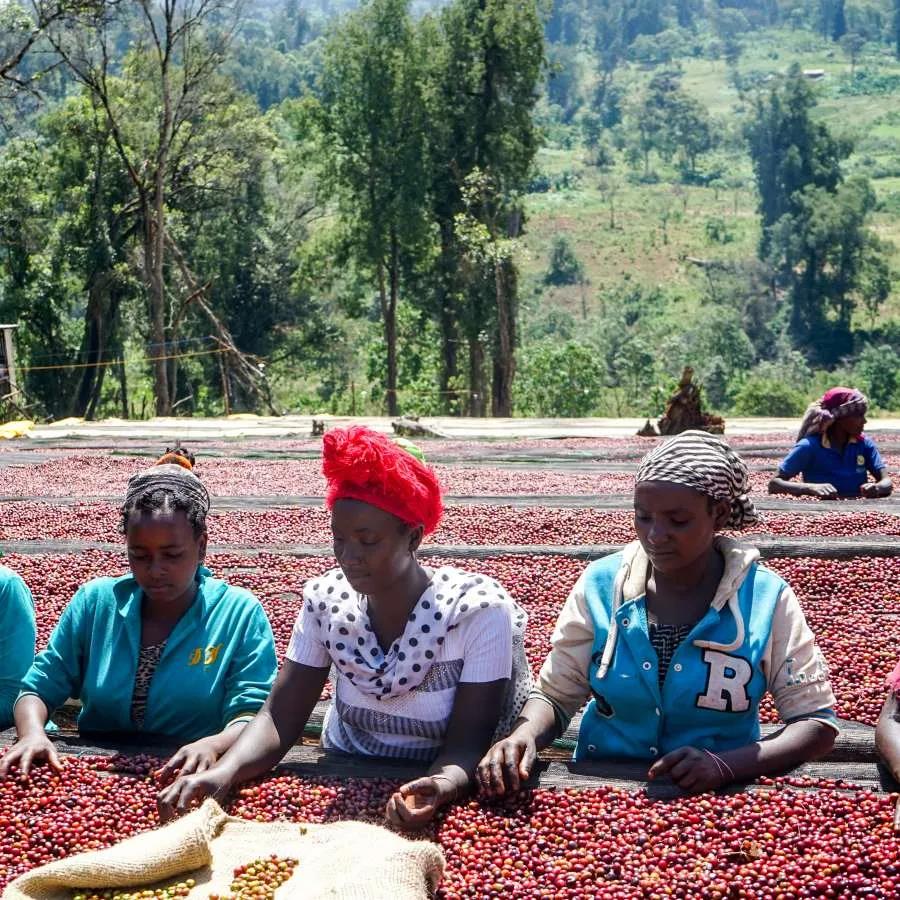
From the description of coffee in Shangqian Street, you can know that Kenya's coffee producing areas are indeed very suitable for growing coffee beans. With such unique conditions, the coffee beans that must be produced are also of high quality. And the main variety of coffee beans produced in Kenya is Arabica. Arabica is known as one of the best quality coffee varieties in the world. One characteristic is that the higher the altitude is, the more acidic it is. This is one of the reasons why Kenyan coffee beans are sour and pleasant. Kenyan coffee varieties
Then there is in Kenya, the common varieties SL28, SL34, Batian and ruiru11 are all developed by the Kenyan coffee laboratory itself, which shows that the Kenyan government attaches great importance to the coffee growing industry, which is why Kenyan coffee is different from neighboring coffee in flavor and acidity.
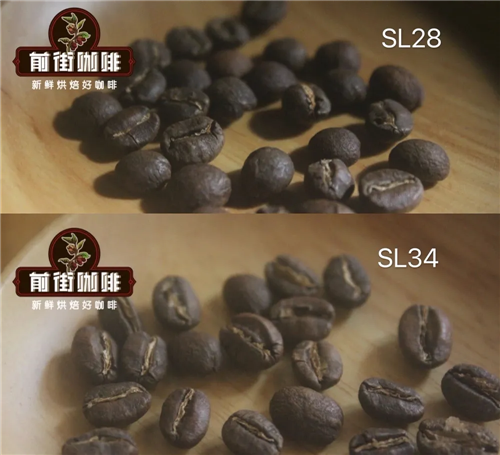
SL28
SL28 according to historical documents, senior coffee officials at the Scott Laboratory (A.D. Trench) have noticed a variety that seems to be tolerant to drought, disease and pests in Modi, Tanzania. The seed was collected and taken back to Scott's laboratory, where its drought resistance was confirmed.
In recent years, genetic tests have also confirmed that SL28 belongs to the bourbon gene group, so the shape of SL28 coffee beans is also similar to the round and thick shape of bourbon varieties. Qianjie through the SL28 variety, its flavor is complex and changeable acidity, and great sweetness.
SL34
SL34 was first chosen as a "French missionary" (bourbon species) from the Loresho estate. However, according to Qianjie coffee search data, it is known that genetic testing of this variety of coffee beans has confirmed the gene group of iron pickup, and its plant performance characteristics are also similar to those of iron pickup. Therefore, it is considered that the selection of SL34 comes from iron pickup. Because SL34 is close to the tin card variety, the coffee bean looks long, oval and flat on the side.
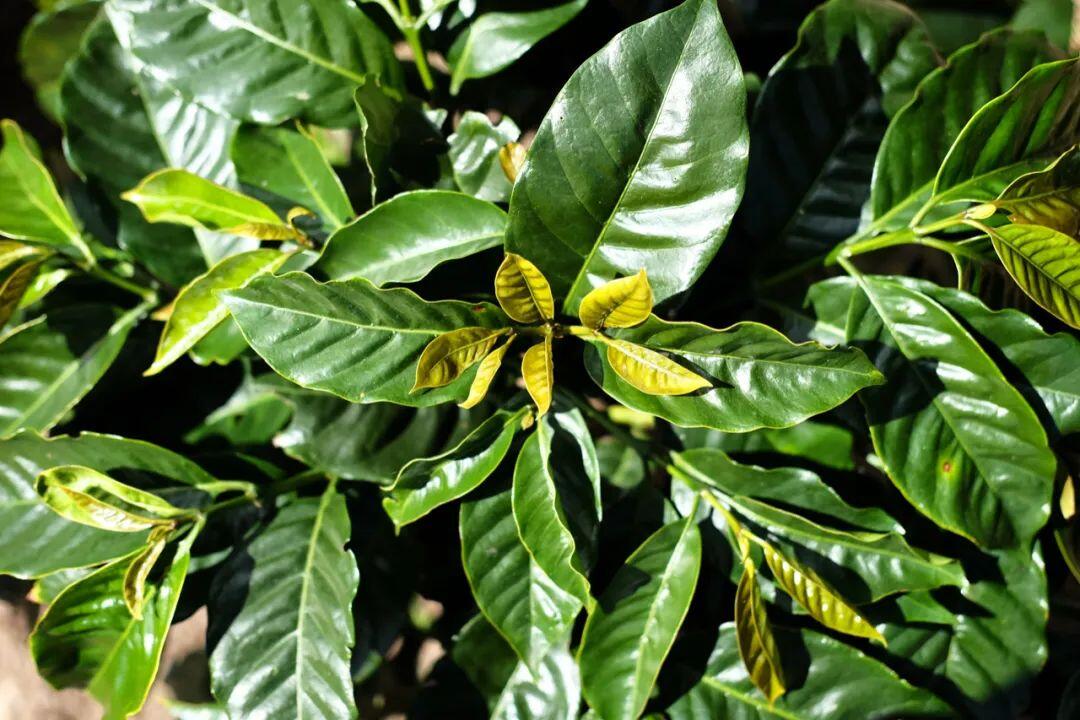
Ruiru11
Ruiru appeared after SL28 and SL34, and Qianjie learned that it was in the 1970s, when Ruiru began to try to cultivate different CBD and rust-resistant varieties. The result is Ruiru11, which was released in the 1980s. High yield, CBD and antirust properties seem to be the solution to all coffee production problems in Kenya.
Batian
The Batian variety was launched by the Coffee Research Institute (CRI) on September 8, 2010. it is also the latest variety offered in Kenya. It is a further experiment based on lessons learned from Ruiru11. Genetically speaking, it is essentially selected from the backcross between SL28 and SL34, and is closer to SL28 than Ruiru 11. Thus, this eliminates the elements of the problematic Robusta varieties of coffee beans, thus improving the quality of cup testing.
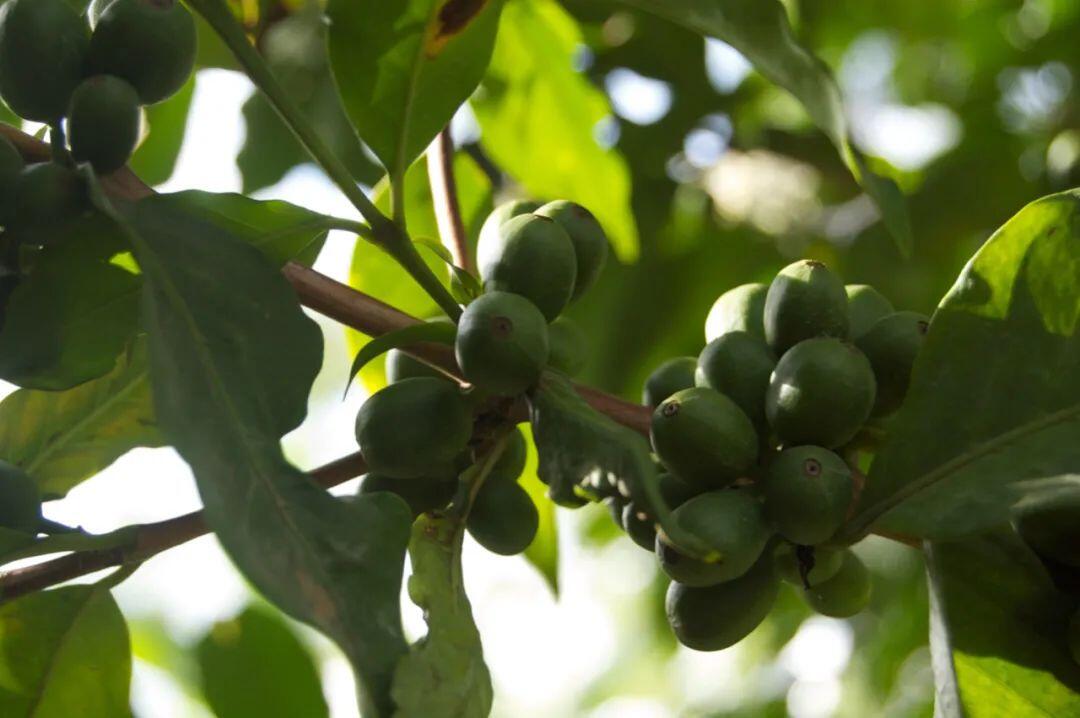
Kenya coffee treatment method-K72 water washing method in addition, Kenya is also unique in the treatment of raw coffee beans, and the treatment method is also the K72 water washing method developed by the country itself. the treatment process of this method is to wash the ripe coffee cherries, peel them, dry fermentation for 24 hours, wash and dry fermentation again for 24 hours, and wash and dry fermentation again for 24 hours. This cycle of treatment, up to 72 hours of strong fermentation, washed, soaked in a clean sink for one night, the next morning began to dry in the sun field. Because the fermentation time is as long as 72 hours, it is called K72.
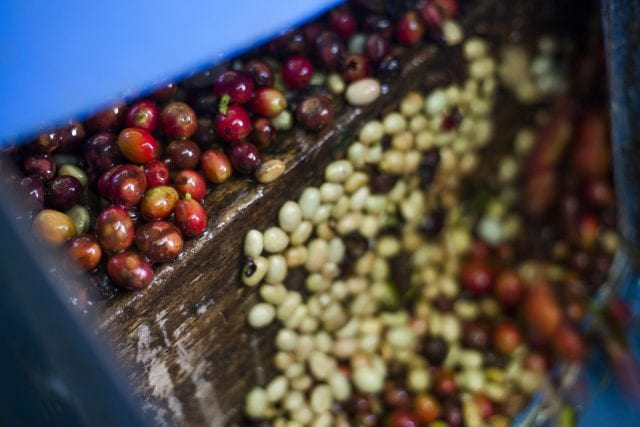
Kenya Coffee Bean grading system from the description of Qianjie Coffee above, coffee lovers all know that Kenya attaches great importance to coffee, and that is why Kenya pursues coffee quality very much, so it also implements a coffee bean grading system. For example, the quality of coffee beans of AA grade is the highest. Although it is "graded", will AA grade be better than AB grade? So what exactly is the standard of the grading system?
According to Qianjie Coffee, Kenya's coffee beans are graded mainly by size, and the difference between AA and AB is only the difference in size. As for whether it is good or not, Qianjie coffee has come to the conclusion that Kenyan coffee beans of both AA and AB grades are very delicious coffee. The differences in taste among different producing areas may mainly come from the producing area, altitude, planting conditions and other factors. But the Kenyan coffee of AA and AB grade must be the most guaranteed coffee.
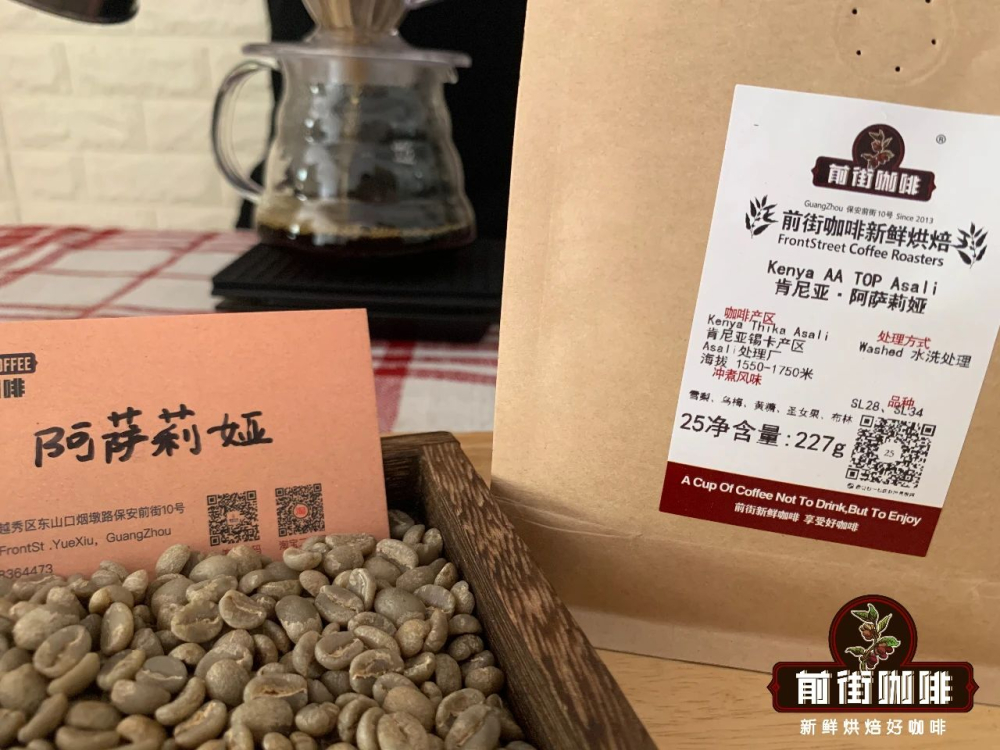
From the above, these grades are only the distinction of bean size, and the most famous coffee treatment of Kenyan coffee beans is K72 water washing treatment, so the best quality coffee beans in Kenya are basically washed. Washed coffee is roughly divided into eight grades:
E:Elephant Bean, also known as elephant ear bean (Elephant ear), is a flat bean with a particle size of more than 19 mesh.
AA: particle size 17 to 18 mesh

AB: particle size 15 to 16 mesh, accounting for the majority of production
TT: lighter beans blown by an airflow filter from AA and AB beans
C: the particle size (Screen Size) is less than AB / 14 mesh, which is too small to be included in the boutique grade.
T: from C-grade beans (less than 14 mesh), the lighter beans blown by an airflow filter, that is, the size and density are too small to be included in the boutique grade.
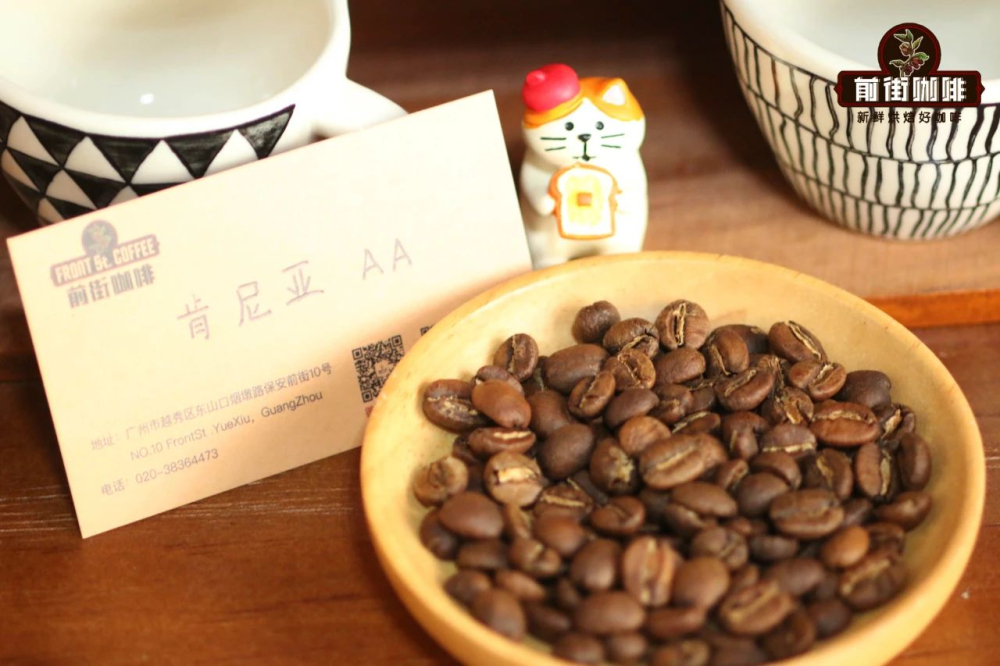
PB:Peaberry, which means round beans, is not classified by size but by appearance. It has nothing to do with flavor weight and accounts for about 10% of the total output.
UG: those who do not meet the above criteria
Secondly, there are also low-quality sun-dried coffee beans, which are not washed in Kenyan style because of their poor quality and are generally used in the Kenyan domestic market. This bean grade is called Machiavel39 umbrellas buni. In addition, Qianjie Coffee wants to emphasize that the standard of "raw bean grading system", which is still in use today, was issued by government units in 1938, even 40 years before the birth of the concept of "boutique coffee". Therefore, Kenya has already had a new concept of coffee bean grading standard, but it is still more common by size classification standard.
Here are the current new coffee classification standards in Kenya:
According to Qianjie Coffee, Kenyan coffee research institutions and local industries are used to identify coffee quality with a set of coffee bean quality grading procedures developed by Kenya Coffee Research Institute, which are graded according to raw bean quality, cooked bean quality and cup test quality.
Raw bean quality: judge the appearance size, color and defects of raw beans in the project. Cooked bean quality: subdivide the central crack condition, the cooked bean condition, and the defective bean. Cup test quality: the score is given by acid quality, alcohol thickness / texture, flavor and negative defects.

According to the score of three facets, coffee beans are divided into 1 to 10 grades, with level 1 being the best and level 10 being the worst.
From the AA grade coffee beans and AB grade coffee beans, the difference between PB grade coffee beans is only in size, but generally speaking, the defect rate of large-scale coffee beans is also lower, so the flavor will naturally be cleaner and the natural price will be more expensive.
The above is the relevant information about Kenyan coffee beans compiled by Qianjie Coffee, and Qianjie Coffee has also introduced a Kenyan AA grade coffee bean and PB grade coffee bean, so share it with you now!
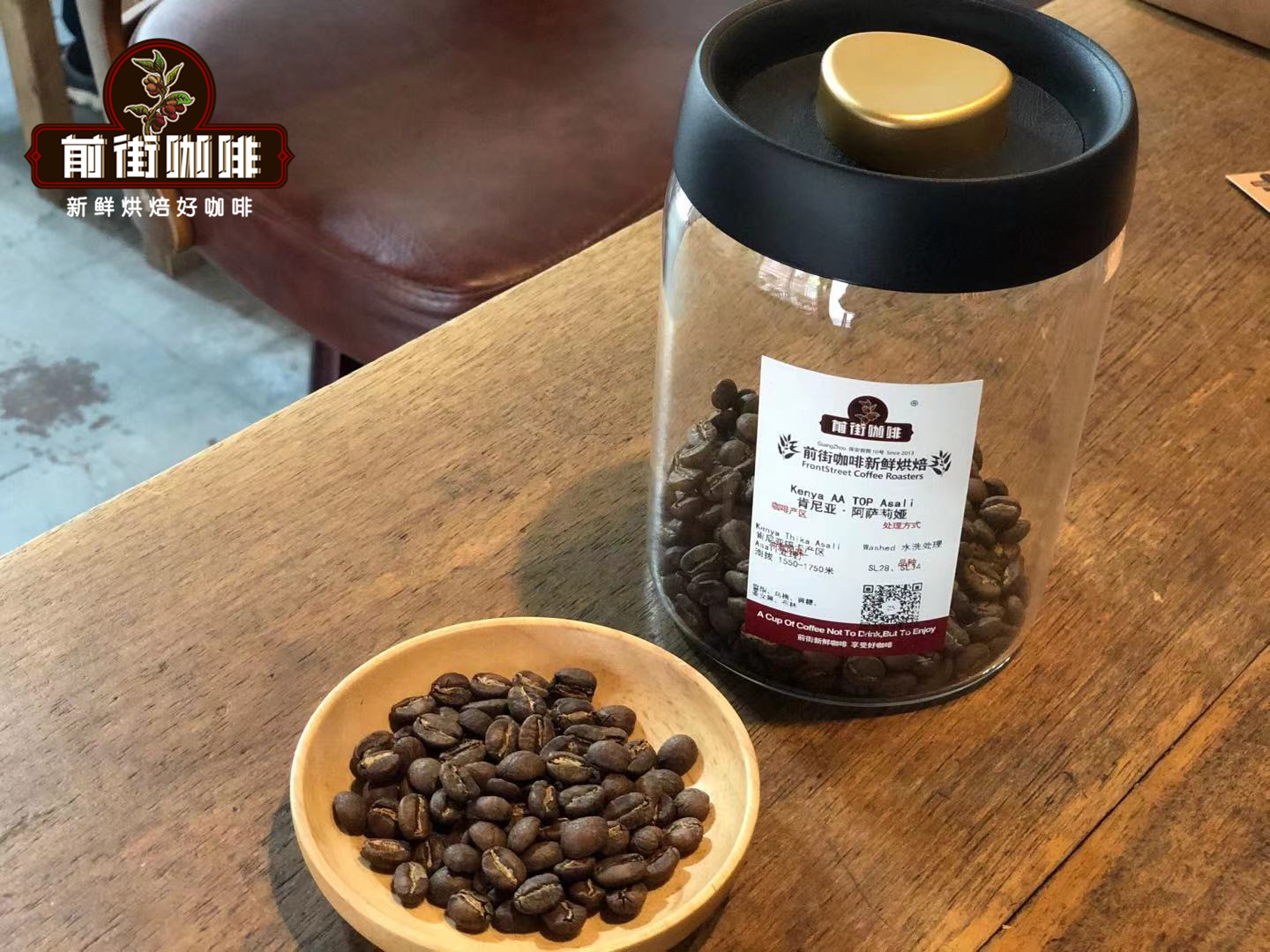
Front street coffee Kenya Azaria coffee beans
Country: Kenya
Production area: Asali (Honey processing Plant)
Altitude: 1550-1750m
Variety: SL28,SL34
Treatment method: 72 hours washing treatment
Flavor: Sydney, black plum, brown sugar, virgin fruit, Brin
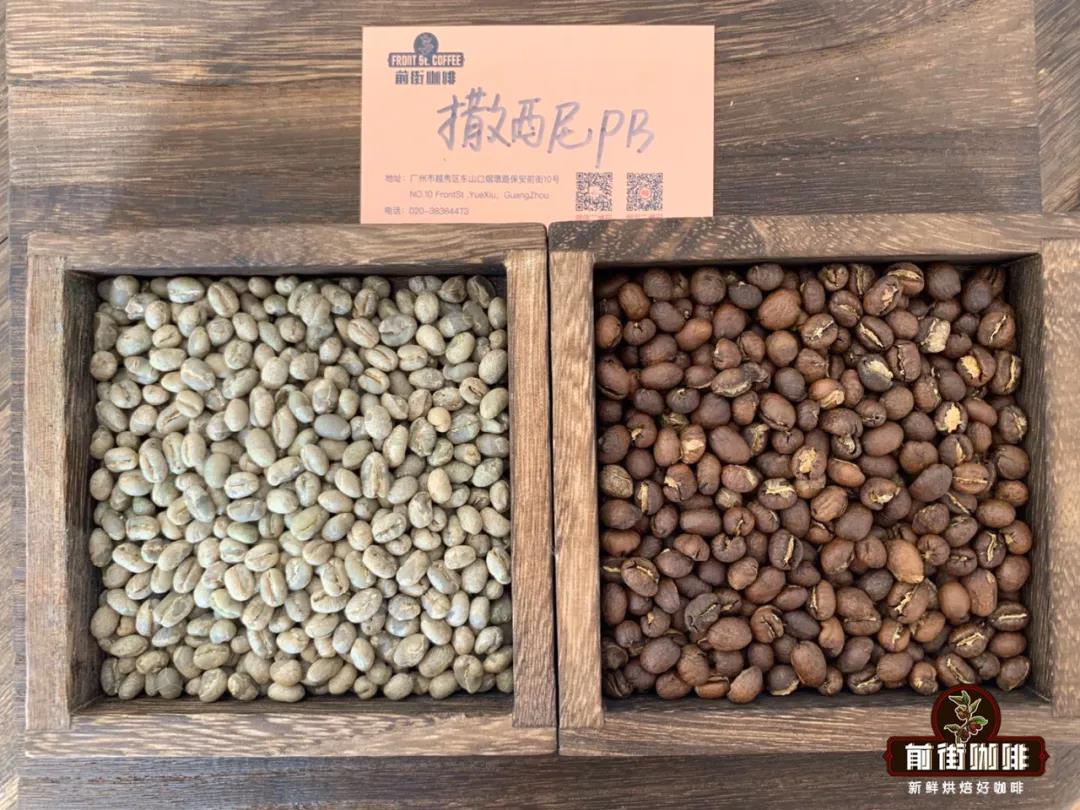
Front Street Coffee PB Coffee beans in Sassini Estate, Kenya
Country: Kenya
Producing area: Sassini Manor
Altitude: 1680m
Variety: SL28,SL24,riuru
Treatment method: 72 hours washing treatment
Flavor: Virgin fruit, almonds, black plums, honey, grapes
Sharing of baking parameters of Qianjie Coffee
Kenya Asaria coffee beans: this bean is full and round, and the front street coffee is roasted lightly in order to fully show its bright and mellow acidity.
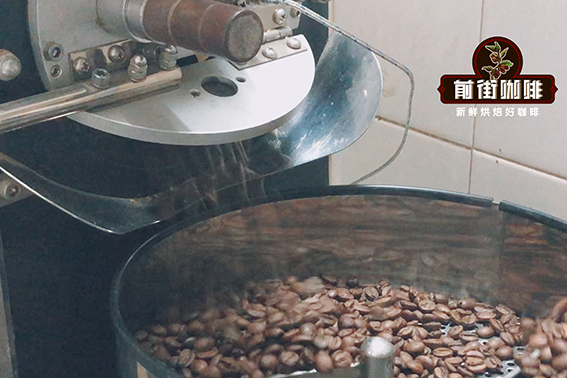
Yangjia 800N semi-direct fire, bean dosage 480g: furnace temperature to 160 degrees Celsius into the pot, throttle open 3, firepower 120. Temperature recovery point: 1. 39%. 28 ". The temperature rises to 130 degrees and the throttle opens 4. Bake to 6: 00, the temperature is 154.6 degrees, the bean surface turns yellow, the smell of grass disappears completely, and the dehydration is complete. When the bean surface appears ugly Hu wrinkles and black markings, the smell of toast obviously changes to the smell of coffee, which can be defined as a prelude to an explosion. At this time, it is necessary to listen carefully to the sound of the explosion point. When the explosion starts at 9: 28, the throttle remains the same. The development time of the explosion is 2: 20, and the pot is put in the pot at 193.8 degrees.
Kenya pb coffee beans: this rich coffee bean, due to its high altitude and hard beans, initially climbs with a higher temperature and turns yellow in about 5 minutes, then reduces its firepower into the Mena reaction, and then reduces its firepower again to extend the Mena reaction time at 166C. When the first burst begins, it is highly endothermic, so it is recommended to maintain heat at this stage to prevent stagnation. The development of first explosion takes more time, which is helpful to reduce acidity and develop flavor.
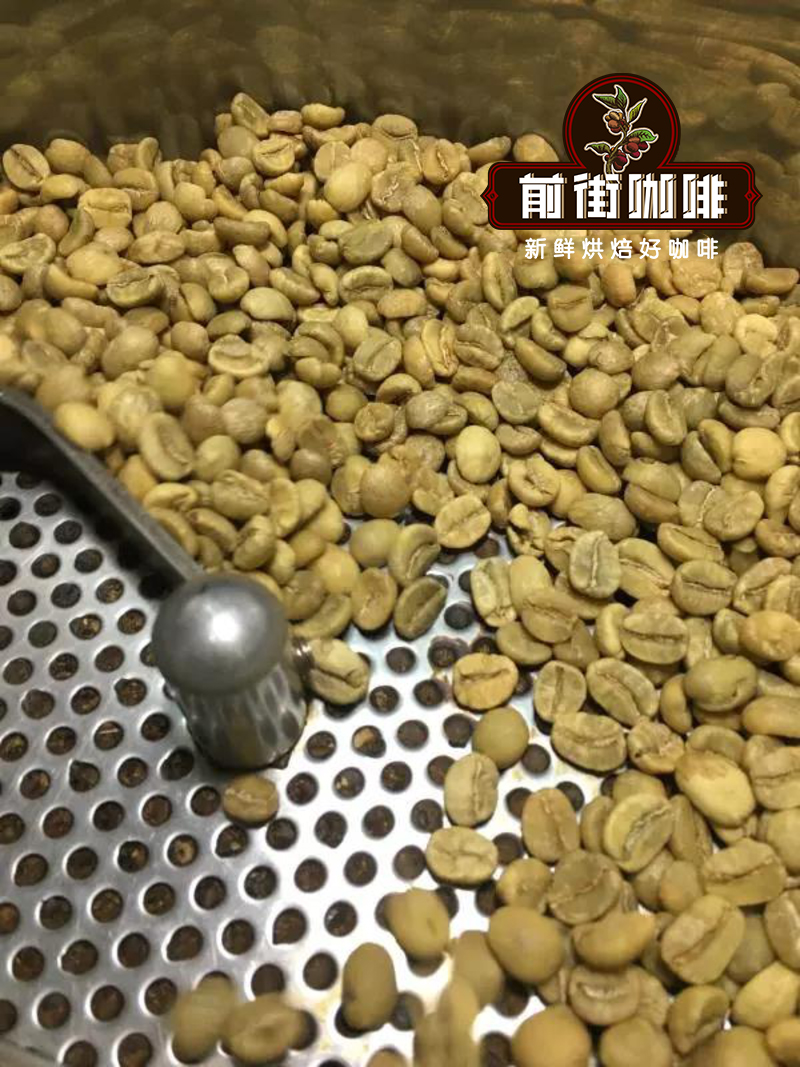
The baking machine Yangjia 800N (300g baking capacity), the furnace temperature 170℃, the firepower 100and the throttle opening 3; the temperature recovery point is 390 ℃, and the throttle is open to 3.5.When the furnace temperature is 140℃, the bean meter turns yellow, the grass smell disappears completely, and enters the dehydration stage. After dehydration, the firepower and throttle remain the same. 7: 30 is the appearance of wrinkles and black markings on the bean table, and the smell of toast changes to coffee, which is a prelude to an explosion. At 8: 20 p.m., the blast begins, the throttle opens 4, and the firepower is reduced to 50. After an explosion, the development time is 1: 50 ℃, the firepower is reduced to 30 at 188 ℃, and the temperature is flattened to 193.3 ℃.
Suggestion on brewing coffee in Qianjie
Filter cup: V60 or cake cup
Water temperature: 91-92 ℃
Powder / water ratio: 1:15
Degree of grinding: fine grinding (the pass rate of Chinese standard No. 20 screen is 80%)
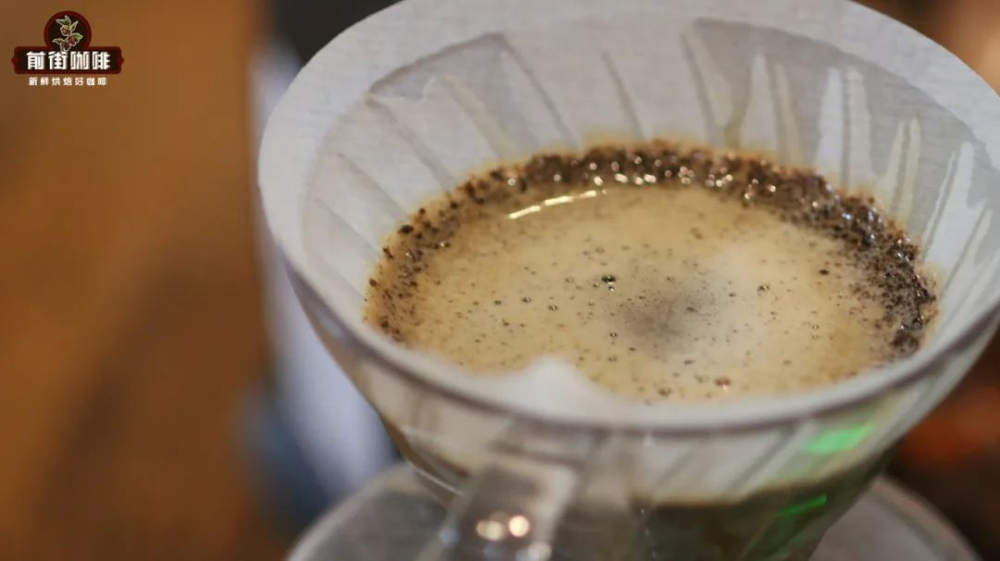
Flushing and cooking technique: segmented extraction. Steam with 30 grams of water for 30 seconds, small water flow around the circle to 124 grams for sectional injection, when the water level is about to expose the powder bed, continue to inject water to 228 grams to stop injection, and so on when the water level drop is about to expose the powder bed, remove the filter cup, (the time of steaming starts) the extraction time is 1 minute 39 percent 55 ".
Azaria coffee bean flavor: wet aroma with ripe tomato and flower aromas, imported virgin fruit and black plum flavor, bright acidity, clean and rich taste, outstanding middle sweetness, juicy, raspberry and yellow sugar on the finish, and green tea aroma.
Sassini coffee bean flavor: it smells floral, with sour notes of virgin fruit, citrus, nuts, cream in the middle, brown sugar, cocoa and oolong tea. The flavor level is rich and the flower fragrance is obvious.
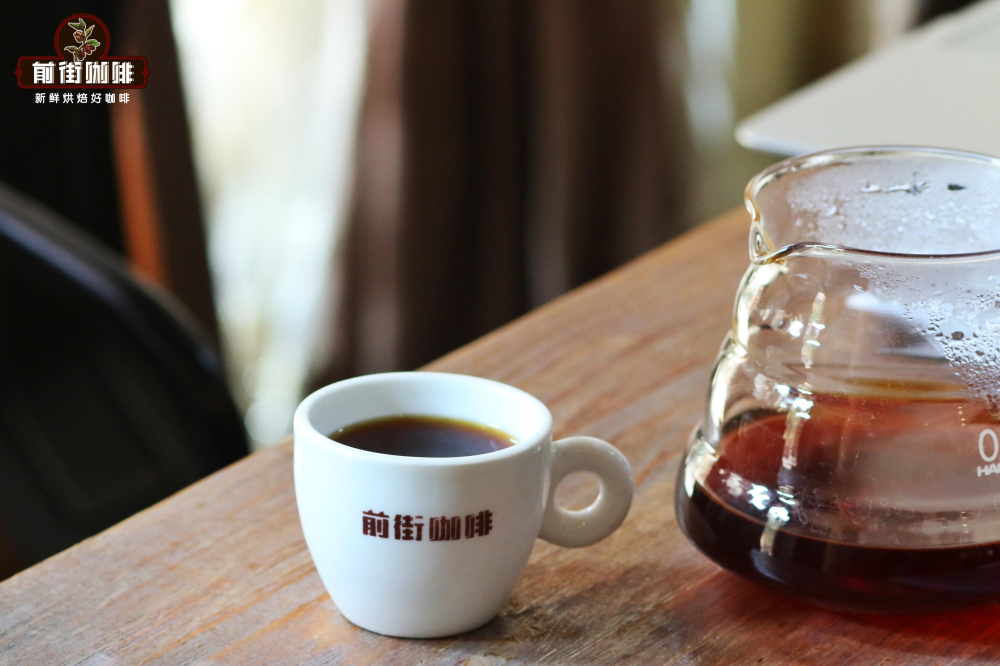
The above are the flavor characteristics of these two coffee beans in Qianjie coffee shop. I hope it can help you to have a better understanding of Kenyan coffee, so that you can avoid stepping on mines when choosing coffee beans from different producing areas in the future.
For more boutique coffee beans, please add private Qianjie coffee on Wechat. WeChat account: kaixinguoguo0925
Important Notice :
前街咖啡 FrontStreet Coffee has moved to new addredd:
FrontStreet Coffee Address: 315,Donghua East Road,GuangZhou
Tel:020 38364473
- Prev

Drink coffee listen to the story of Starbucks Kenya coffee beans and African elephants characteristics of Kenyan coffee beans
Professional coffee knowledge exchange more coffee bean information please pay attention to the coffee workshop (Wechat official account cafe_style) Kenya is a model country for producing excellent coffee beans, Kenya produces high-altitude Arabica water beans is one of the world's top coffee beans, most Kenyan coffee beans are unified by the Kenyan coffee shop
- Next
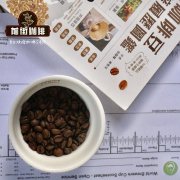
A brief introduction to Candle Coffee what exactly is Candle Coffee? Is candle coffee bitter?
Professional coffee knowledge exchange more coffee bean information please follow the coffee workshop (Wechat official account cafe_style) all-round promotion Levelup is a well-known American bean merchant ninety plus90+ people-friendly brand, candlelight coffee beans are a small number of people-friendly beans, candle Drima Zede in the local dialect have [charming light tone, mango pineapple ripe fermented fruit aroma
Related
- Detailed explanation of Jadeite planting Land in Panamanian Jadeite Manor introduction to the grading system of Jadeite competitive bidding, Red bid, Green bid and Rose Summer
- Story of Coffee planting in Brenka region of Costa Rica Stonehenge Manor anaerobic heavy honey treatment of flavor mouth
- What's on the barrel of Blue Mountain Coffee beans?
- Can American coffee also pull flowers? How to use hot American style to pull out a good-looking pattern?
- Can you make a cold extract with coffee beans? What is the right proportion for cold-extracted coffee formula?
- Indonesian PWN Gold Mandrine Coffee Origin Features Flavor How to Chong? Mandolin coffee is American.
- A brief introduction to the flavor characteristics of Brazilian yellow bourbon coffee beans
- What is the effect of different water quality on the flavor of cold-extracted coffee? What kind of water is best for brewing coffee?
- Why do you think of Rose Summer whenever you mention Panamanian coffee?
- Introduction to the characteristics of authentic blue mountain coffee bean producing areas? What is the CIB Coffee Authority in Jamaica?

